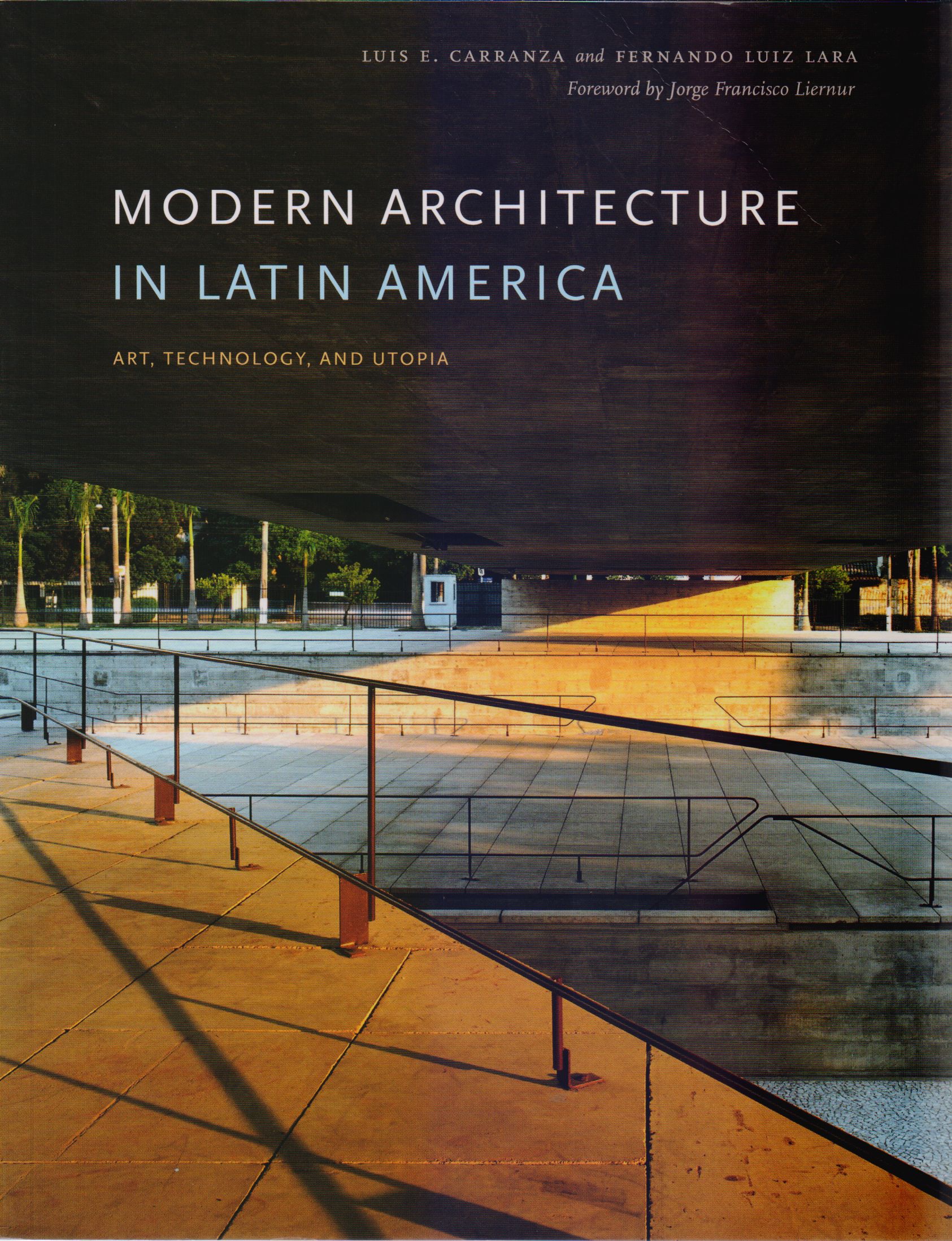Libros relacionados
 |
Classical Mexican Cinema, The: The Poetics Of The Exceptional Golden Age Films Ramírez Berg, Charles University Of Texas Press |
 |
Modern Architecture In Latin America: Art, Technology, And Utopia Carranza, Luis E. / Luiz Lara, Fernando University Of Texas Press |
 |
Architecture And Cities Of Northern México From Independence To The Present, The Burian, Edward University Of Texas Press |
 |
Twentieth- Century Art Of Latin America Barnitz, Jacqueline / Frank, Patrick University Of Texas Press |
 |
Border Odyssey: Travels Along The U. S. / México Divide D. Thompson, Charles Jr. University Of Texas Press |
 |
María Izquierdo & Frida Kahlo: Challenging Visions In Modern Mexican Art Deffebach, Nancy University Of Texas Press |


|
Título: Art, Nature, And Religion In The Central Andes | |
| Autor: Strong, Mary | Precio: $960.00 | |
| Editorial: University Of Texas Press | Año: 2012 | |
| Tema: | Edición: 1ª | |
| Sinopsis | ISBN: 9780292735712 | |
| From prehistory to the present, the Indigenous peoples of the Andes have used a visual symbol system_that is, art_to express their sense of the sacred and its immanence in the natural world. Many visual motifs that originated prior to the Incas still appear in Andean art today, despite the onslaught of cultural disruption that native Andeans have endured over several centuries. Indeed, art has always been a unifying power through which Andeans maintain their spirituality, pride, and culture while resisting the oppression of the dominant society.
In this book, Mary Strong takes a significantly new approach to Andean art that links prehistoric to contemporary forms through an ethnographic understanding of Indigenous Andean culture. In the first part of the book, she provides a broad historical survey of Andean art that explores how Andean religious concepts have been expressed in art and how artists have responded to cultural encounters and impositions, ranging from invasion and conquest to international labor migration and the internet. In the second part, Strong looks at eight contemporary art types_the scissors dance (danza de tijeras), home altars (retablos), carved gourds (mates), ceramics (ceramica), painted boards (tablas), weavings (textiles), tinware (hojalateria), and Huamanga stone carvings (piedra de Huamanga). She includes prehistoric and historic information about each art form, its religious meaning, the natural environment and sociopolitical processes that help to shape its expression, and how it is constructed or performed by today's artists, many of whom are quoted in the book. |
||
Librería Bonilla SA de CV © Todos los derechos reservados. 2019
Última actualización: Jul 2019




